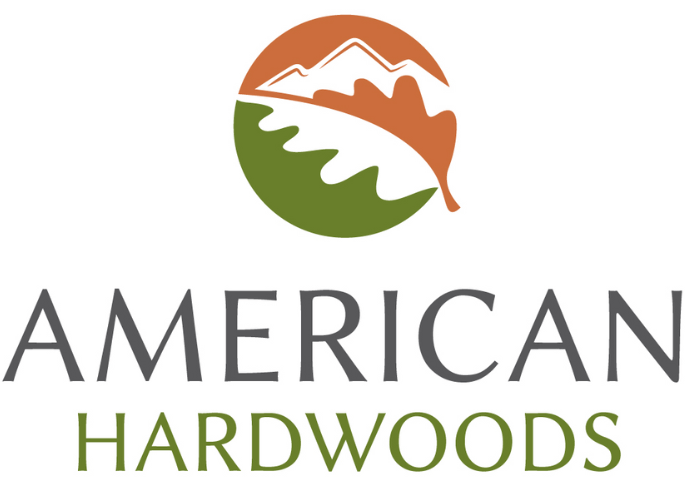Red Mahogany
Eucalyptus resinifera
Other names: Red stringybark, red messmate (E. resinifera), red stringybark, Daintree stringybark, large-fruited red mahogany (E. pellita).
Distribution and Availability
E. resinifera occurs from Jervis Bay in New South Wales to Coen in Queensland.
E. pellita occurs from just north of Townsville to Iron Range on Cape York Peninsula and scattered areas from Gladstone in Queensland to southern coastal New South Wales.
General Description
Red mahogany is a dense, durable timber. The heartwood ranges from red to dark red, but sapwood is distinctively paler. The even grain is generally moderatley textured, with occasional gum vein and interlocking.
Physical & Mechanical Properties
Red Mahogany is deemed very hard, and durable. The heartwood is highly resistant to termites and the softwood susceptible to lyctid borer.
Working Properties
Whilst hard and durable, the timber is relatively easy to work and machine with both hand and power tools. It planes and turns well, and when figured is prized for furniture.
The timber accepts paint and stain and is one of the best eucalypts for painting since the wood has good resistance to surface checking. It develops a lovely finish when polished.
Durability
Red mahogany is strong and durable, making it ideal for a range of structural, exterior and interior applications including framework, decking, flooring and poles.
It is not suitable for applications in contact with the ground.
Main Uses
Red Mahogany’s durability, hardness and distinctive colouring make a popular choice thanks to its versatility.
Red Mahogany is best used for decorative purposes, such as quality indoor and outdoor furniture. It is also prized for turning. Red mahogany’s versatility can be seen further in its use in boat building (keel and framing components, planking), coach, vehicle and carriage building, agricultural machinery and in structural plywood.
Engineering applications of red mahogany include wharf and bridge construction, railway sleepers, cross arms, poles, piles, mining timbers. For construction purposes, it is used in general house framing, cladding, internal and external flooring, linings, joinery, fencing, landscaping, including use in retaining walls, although it is less ideal for use in contact with the ground.
Other Information
Not to be mistaken for Khaya anthotheca, also known as Red Mahogany,









